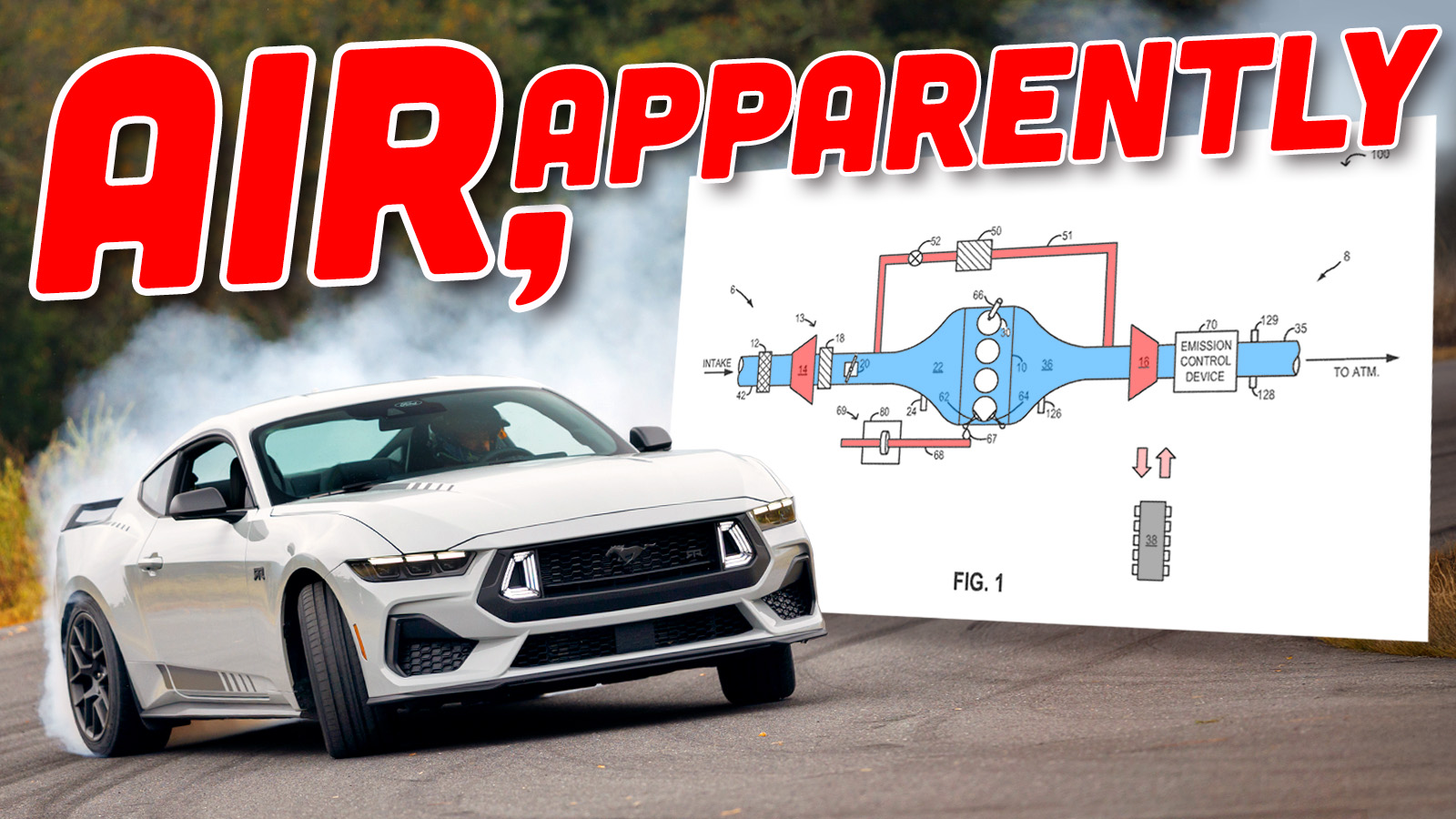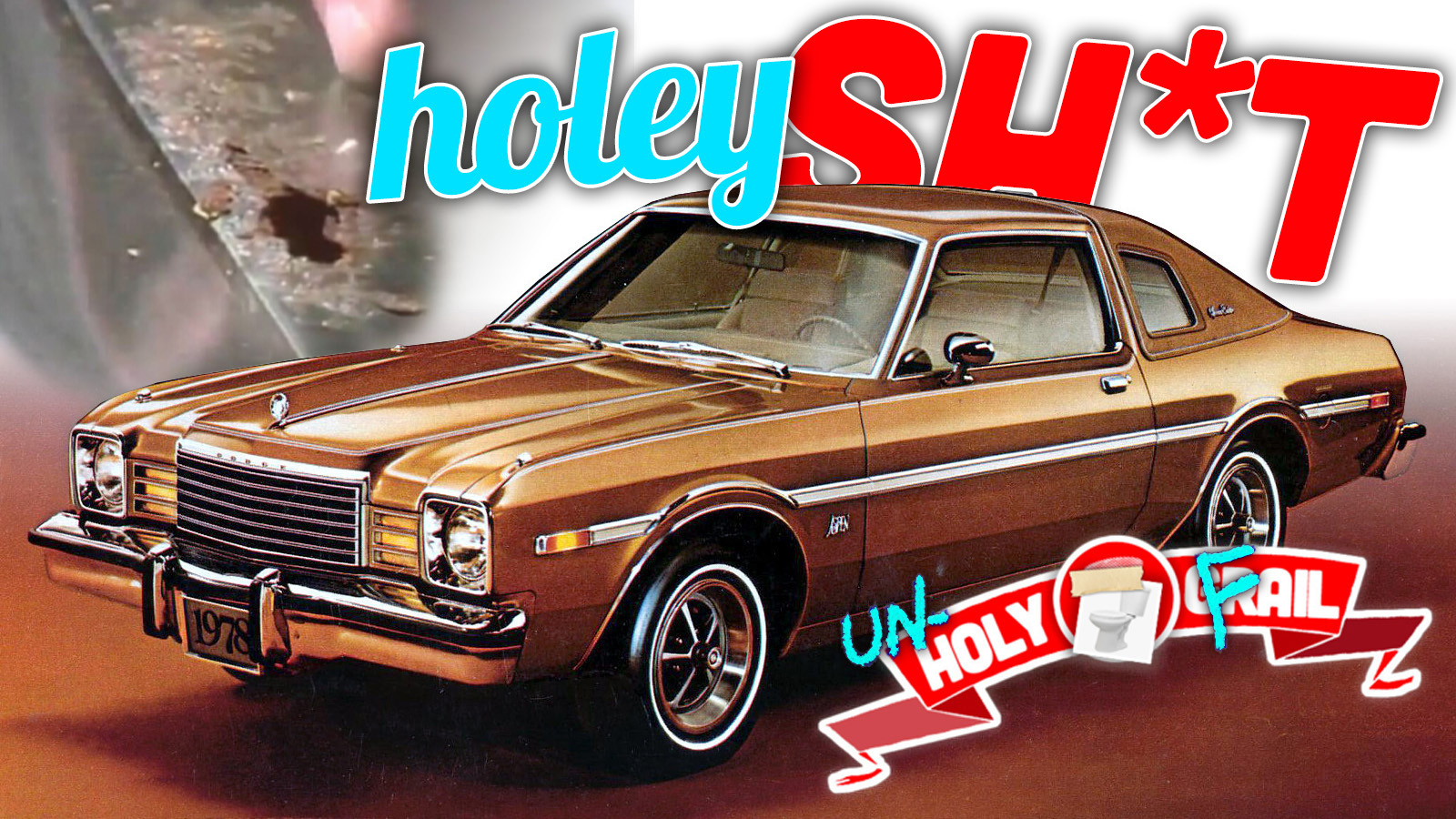I’ll be honest with you: I’m writing this for two reasons, and one is a little mercenary. First, I’m writing it because it’s fun, and fun is, I’m told, fun. So there’s that. But also I’m also writing it to explore a little theory our publisher, Matt, had about Google Discovery, which, if I understand it correctly, is some sort of magic brain-wave-consuming elf or AI or some shit that suggests stories to people with Android devices or implants. Anyway, it appears that Google Discovery seems to be especially receptive to Star Trek content at the moment?
I think Matt may have realized this from the Star Trek component to yesterday’s obituary of the great Gene Winfield, who, among his many other accomplishments, also designed and built the first shuttle used in the Star Trek original series.
This must have caused some sort of Google Discover-related traffic blips that Matt noticed, because he said this in Slack:

So, while I didn’t have a good Star Trek article, and I can’t confirm nor deny Matt’s theory about Google Disco readers, I do have some pretty specific ideas about some inane Star Trek things and how they could relate to cars. I’ve written inane Star Trek content at The Old Site before, so my brain is already suitably debased.
So, with that in mind, let’s think about this: the Star Trek universe is absolutely crammed with all sorts of advanced technology, but what futuristic, and at least partially-fictional tech would make the most sense when applied to cars?
Fusion Reactors

Fusion power is, of course, real, as that is what powers our sun, which you may be familiar with as the glowing orb in the sky that does terrible things to tuna salad, when left out long enough. Artificial fusion power is a real thing, and there was even a significant record broken recently in a Chinese experimental fusion reactor.
In terms of Star Trek tech, fusion reactors have been developed to a very high degree, providing power for nearly any application on spacecraft and in normal planetary-based living. In the show, when the characters talk about “impulse power” for sub-light-speed travel, they are referring to reaction engines driven by fusion reactors running on deuterium.

Even small shuttles about the size of a car are powered by such fusion reactors, sometimes referred to as “microfusion” reactors, and these seem to provide ample power for these small spacecraft. What I’m getting at is that these sorts of tiny, powerful reactors would be the ideal replacement for heavy, bulky, slow-to-recharge batteries.
Every major power issue of electric cars could be solved with such, again, sadly fictional reactors. Based on what we can see in the various Star Trek properties, these reactors are small and are effectively ignorable; they generally just seem to work, out of sight, out of mind. And electric car motors, even quite powerful ones, would be minimal demands on the energy output of a microfusion reactor.
An undemanding, nearly inexhaustible power source like this would of course be wildly beneficial. I guess they have to get refilled with deuterium every so often? We could figure that out.

If we really want to make use of some of that surplus power, I’m pretty certain that people would definitely enjoy replicators. These are fictional machines that combine matter at an atomic level to create effectively any objects or substances: food, clothing, tools, rubber mallets, cushions, sex toys, retainers, car parts, you name it.
This sort of technology when coupled with nearly limitless fusion power, would, of course, fundamentally transform the global economy, pushing us into some sort of post-scarcity utopia.
Also, it could make dreams that involve loudly shouting to your car something like “two quarts of chili, hot!” and then opening the glove box to reveal a mass of dripping, piping-hot chili finally a reality! Or demanding a wad of ham or a new pair of gloves or a replacement seat-adjusting knob or a set of commemorative thimbles or whatever you want!
In-car replicators of course would be desirable, even with the calamitous economic upheavals it would entail.
Shields

Making cars as safe as possible in wrecks has been a continuing effort in the automotive industry ever since people decided they cared about human lives, which occurred sometime around 1989. Star Trek has often described deflector shield technology, which is a sort of energy/force field made of gravitons and graviolis and other hypothetical and/or fictional particles that are broadcast in a coherent form to create a sort of protective bubble around a vessel or other structure.
In the case of applying shield technology to cars, the obvious use would be for safety; using similar sensor systems to what are used in conventional automatic emergency braking systems, a shield around a car could be raised when an impact was determined to be imminent, protecting the car (and its occupants) from harm.
Whatever it smacked into would probably be pretty boned, though. Unless that other object was another car, with shield technology of its own, in which case accidents would look more like massive games of billiards, with cars bouncing harmlessly off one another until they finally come to rest, at which point, I imagine, everyone would emerge, chuckling good-naturedly and giving one another warm hugs.
Transporters (but for luggage)

One of the most famous bits of Trek technology is, of course, the transporter. Essentially, this is a system that breaks down an object or organism into its constituent particles, then converts that matter into energy via some Einsteinian hand-waving, and then that pattern of energy can be “beamed” to another point, usually said to be about a maximum of 25,000 miles away, where the energy is converted back into matter, just like it was before, just, you know, in a different location.
I once had a rabbi discuss with me about whether or not one’s soul would be retained when one materialized somewhere after being transported, since the process of atomic disassembly would necessitate the death of the subject, even if only momentarily. I’m not sure of the actual moral implications of this, should it be true, so in the context of cars I’d say transporter usage should be limited to cargo-carrying capacity.
What if, instead of a trunk, cars had a transporter pad; you could open the trunk lid, shove in anything, like a grandfather clock or a surfboard or a six-foot party sub or a ladder or whatever, and it would be transported to some remote holding facility, possibly in some desert warehouse or maybe a specially-designated ring in orbit around the planet.
The amount you could shove in a trunk would only be limited by how much space you could get in a warehouse or orbit! If you can fit it through the trunk opening, you can take it with you, no matter how big!
Also, I would like to ask you not to wonder why you wouldn’t just transport the objects to your final destination, because that takes all the fun out of things.
Look at that! All of these are, I’d say, extremely viable ideas for applying Star Trek tech into cars! And we now have a Star Trek-themed article for Google Discover! Hot damn! Everyone wins!
Topshot source elements: Paramount

The Privately-Funded SpaceX Mission Just Launched Will Do At Least Two Things Not Seen Since The Apollo Era
No, Astronauts On The ISS Are Not Stranded Because Of Boeing’s Starliner, Despite What You Read
Finally, The Galileo Shuttlecraft Amphibious Camper You’ve Waited Years For
Hot Rod And Kustom Legend Gene Winfield, Creator Of Star Trek Shuttles And Amazing Hot Rods, Dead at 97








Just wanted to say I somehow missed this story when it was posted but Google Discover brought it to my attention.
I just wanted to praise the very subtle George Takei, Star Trek 6 reference in your subheads. Well done. https://www.youtube.com/watch?v=lDKmSxJkOWA
I know my car would’ve benefitted from some self-sealing stem bolts.
I know a guy who can get you a great deal but you have to buy the whole hundred gross
I don’t have the platinum, but I do have a fucktonne of yamok sauce?
Horsetrading/hilarity ensues.
Would’ve been preferable if autocorrect didn’t fix ‘latinum’, and I’m only noticing now.
Don’t worry: You get double credit for spelling Yamok sauce correctly (since I assume it tried to autocorrect that, too).
You want the two most underappreciated technologies on Star Trek: intertial dampers and the structural integrity field (SIF).
The inertial dampers allow the Enterprise zero-to-warp-speed acceleration in seconds, when in reality the g forces would (in the memorable words of the Star Trek: The Next Generation Technical Manual) “turn our heroes into chunky salsa.” So imagine what it would do for your Tesla Plaid!
The SIF was imagined like a forcefield that holds the ship together, so it doesn’t deform comically under acceleration. Or, importantly for our purposes, under deceleration, like slamming into a brick wall.
Coupled with deflector shields, most crashes become non-events–unpleasant, but with no worse than a few bruises and no dents. Might get some exploding dashboards, though.
Oh man, I am such a dork (well, we are, I guess technically). I can here to say this exact thing.
Airbags filled with rocks and controls that shock the bejeezus out of you when shit hits the fan.
That right there is real world, existing, cheap to implement tech. Would make all of us a hell of a lot safer drivers if we knew crashing meant electrocution or a good old fashioned stoning
Are you out of your Vulcan mind?